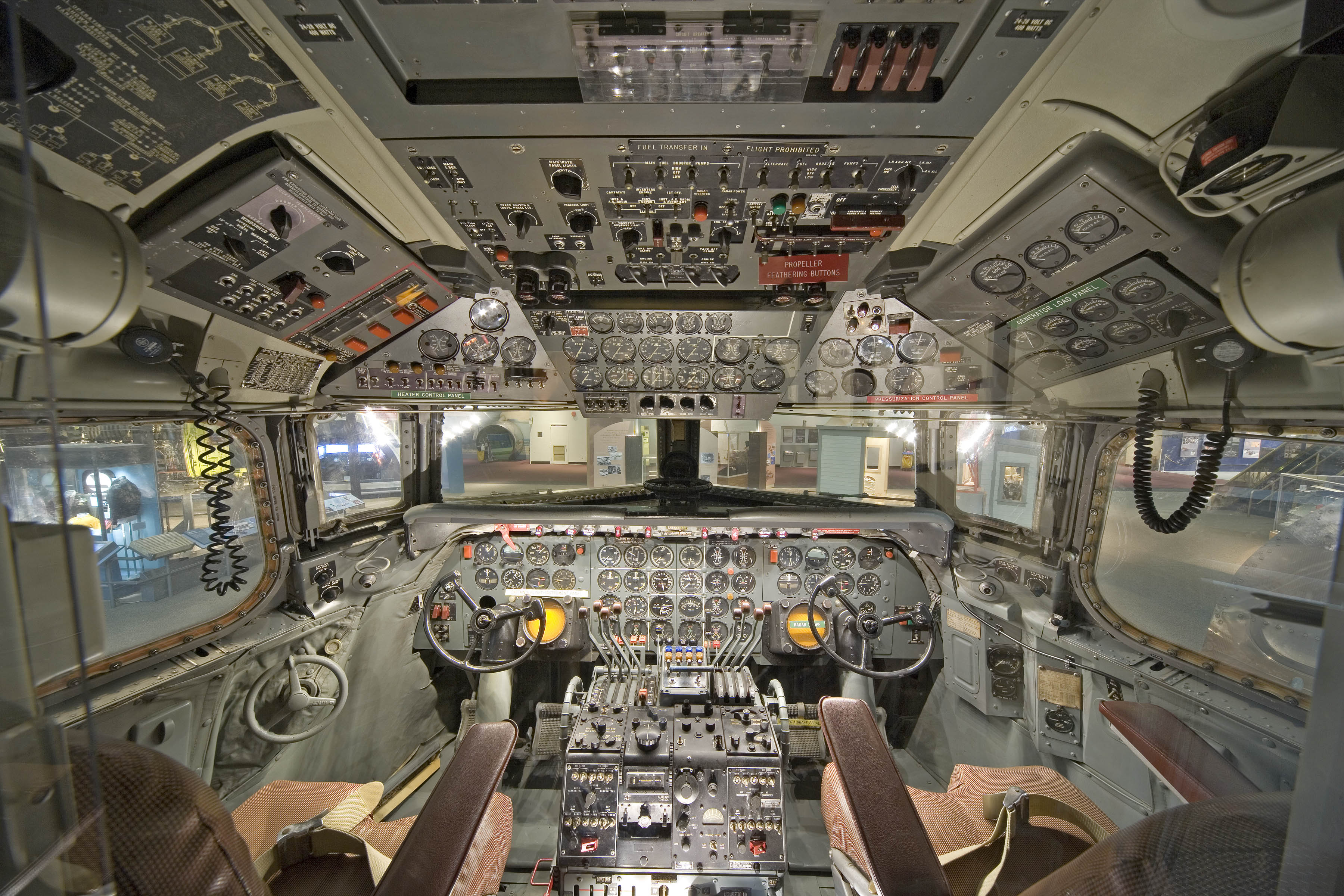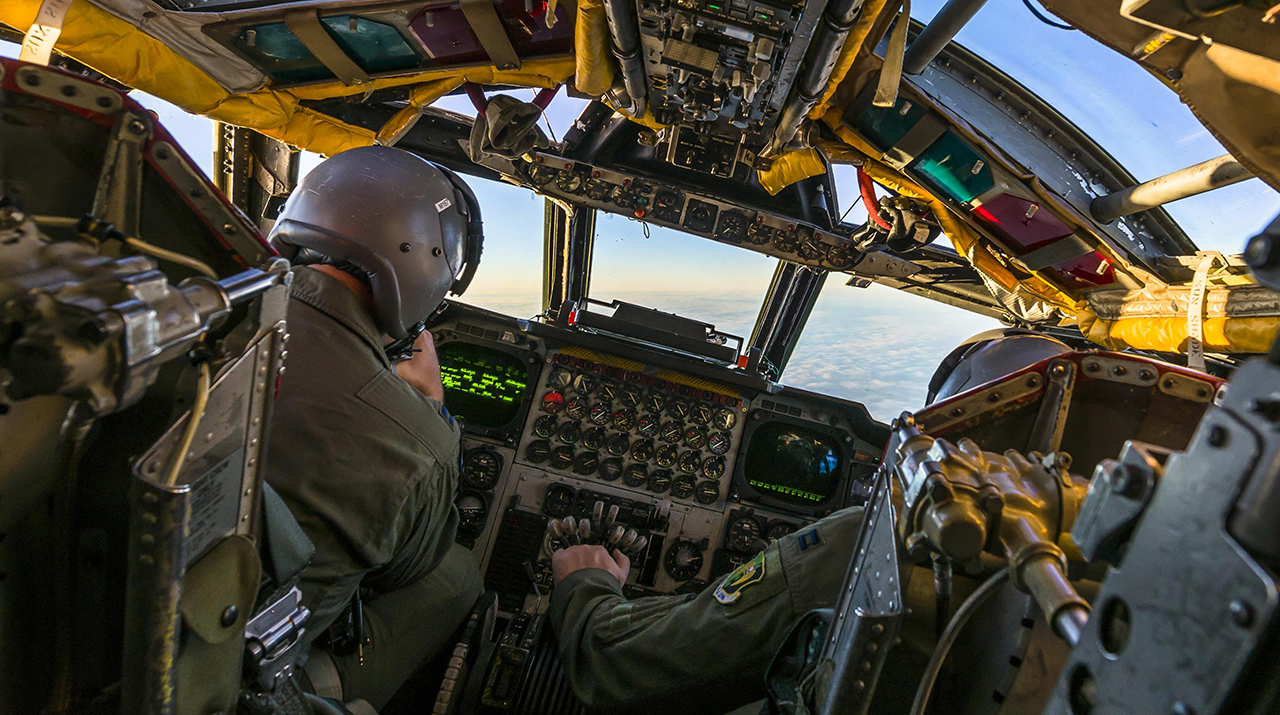

The Big Belly modification created enough capacity for a total of 60,000 pounds (27,215 kg) in 108 bombs. While the external payload remained at 24 500 pound (227 kg) or 750 pound (340 kg) bombs, the internal capacity increased from 27 to 84 500 pound bombs or from 27 to 42 750 pound bombs. Post-strike assessment by teams of South Vietnamese troops with American advisors found evidence that the VC had departed the area before the raid, and it was suspected that infiltration of the south's forces may have tipped off the north because of the ARVN troops involved in the post-strike inspection.īeginning in late 1965, a number of B-52Ds underwent Big Belly modifications to increase bomb capacity for carpet bombings. The force returned to Andersen AFB except for one bomber with electrical problems that recovered to Clark AFB, the mission having lasted 13 hours. Twenty-seven Stratofortresses dropped on a one-mile by two-mile target box from between 19,000 and 22,000 feet, a little more than 50 percent of the bombs falling within the target zone. The remaining bombers, minus one more which turned back due to mechanical problems, continued on towards the target.

The first wave of bombers arrived too early at a designated rendezvous point, and while maneuvering to maintain station, two B-52s collided, which resulted in the loss of both bombers and eight crewmen. The first combat mission, Operation Arc Light, was flown by B-52Fs on 18 June 1965, when 30 bombers of the 9th and 441st Bombardment Squadrons struck a communist stronghold near the Bến Cát District in South Vietnam. In March 1965, the United States commenced Operation Rolling Thunder. With the escalating situation in Southeast Asia, 28 B-52Fs were fitted with external racks for 24x 750 pound (340 kg) bombs under project South Bay in June 1964 an additional 46 aircraft received similar modifications under project Sun Bath.


 0 kommentar(er)
0 kommentar(er)
